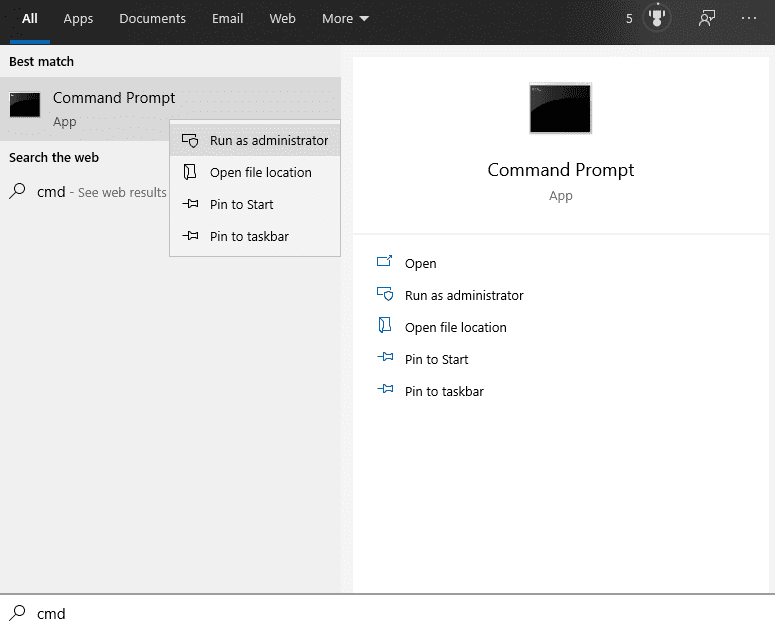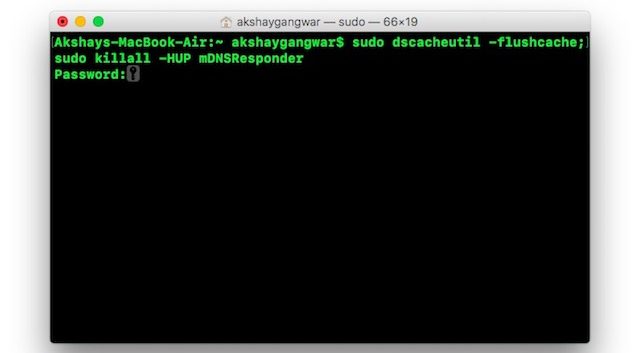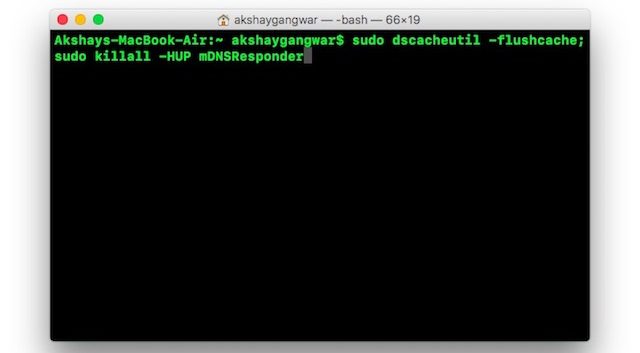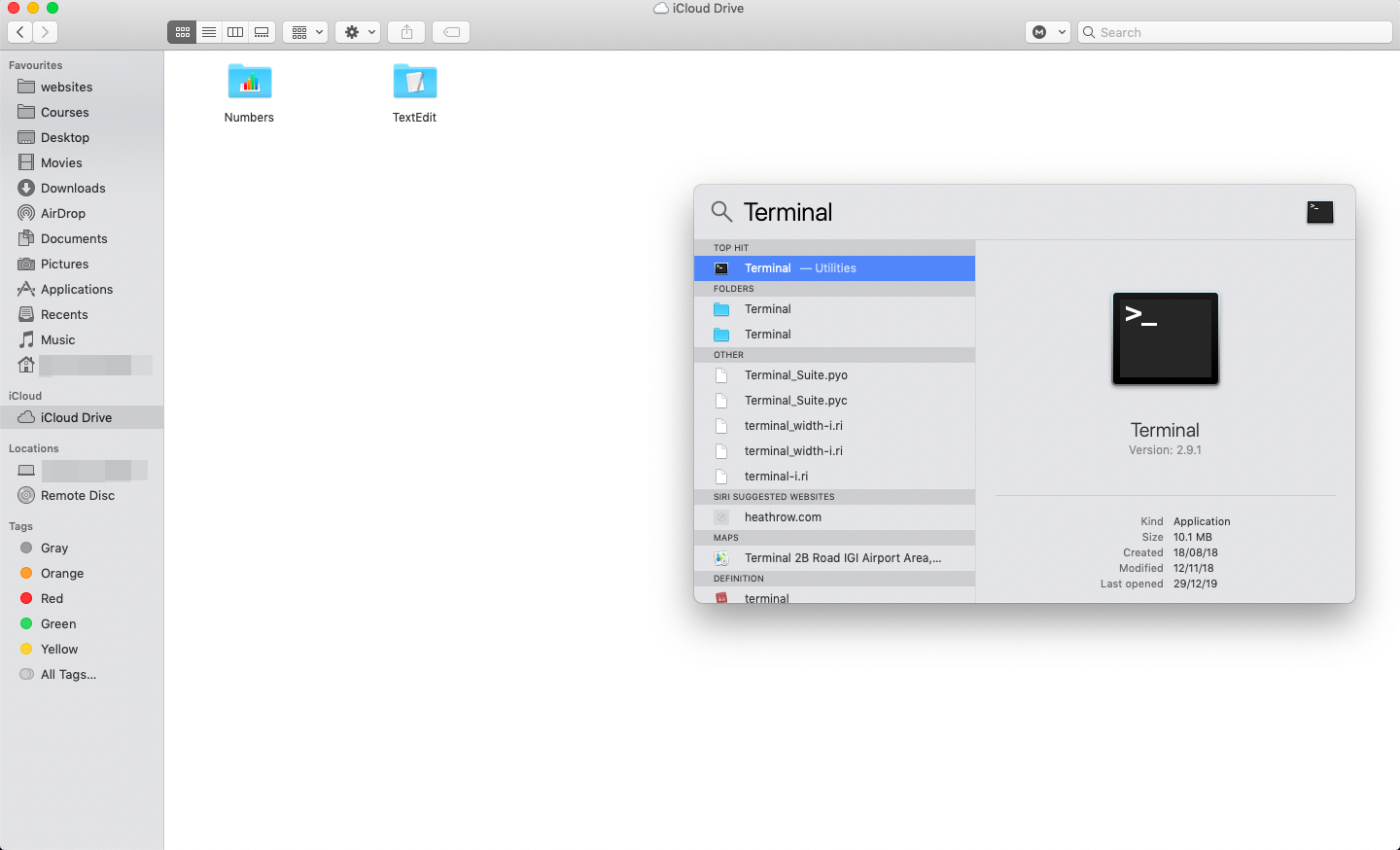

That’s it! All outdated DNS cache files will no longer trouble your connections.
#FLUSH DNS FOR MAC SIERRA DOWNLOAD#
All you need is to download CleanMyMac X on your device and: For example, CleanMyMac X is a great Mac maintenance tool that can clear DNS cache too. Yep, you can use cache cleaning tools to automatically remove DNS files from your Mac. If you aren’t comfortable clearing the DNS cache on your Mac manually, you can use a tool.
#FLUSH DNS FOR MAC SIERRA HOW TO#
Snow Leopard (version 10.6)Leopard (version 10.5)Īlternative Way: How to Clear DNS Cache on Mac Sudo discoveryutil mdnsflushcache sudo discoveryutil udnsflushcaches Sudo dscacheutil -flushcache sudo killall -HUP mDNSResponder Mojave (version 10.14)High Sierra (version 10.13)Sierra (version 10.12)Mountain Lion (version 10.8)Lion (version 10.7)Įl Capitan (version 10.11)Mavericks (version 10.9) You can use the following commands based on your device’s OS: Operating System But the commands for clearing the DNS cache on most MacOS versions are different. The initial process is the same where you have to open the Terminal app. Sudo killall -HUP mDNSResponder say dns cleared successfully How to Clear DNS Cache on Older MacOS and MacOSX Versions

Interestingly, you can also hear an audio notification when DNS flush is complete using: So, let’s see how to clear DNS cache on the latest macOS: Otherwise, you can use the Terminal app and paste the command to clear the cache. Importantly, clearing the DNS cache on Mac can solve connection issues and wrongly displayed web content.Īs you know what DNS is and why to clear it, let’s move to the main topic: how to clear DNS cache in Mac.īefore we get started, you have to get familiar with Terminal commands to clear the DNS cache on macOS.The DNS cache files are targeted for DNS spoofing that can endanger your sensitive information.Storing DNS records makes it easier for hackers to track your search behavior and predict your browser history.Here are a few other reasons to periodically clear your DNS cache: Therefore, we highly recommend clearing the DNS cache on your Mac. Sometimes, Mac saves a bad DNS cache when you visit a website that just moved to a new domain name. Till the cache files are valid, your content requests will process without going through the DNS server.īut if you are using outdated DNS cache files, that can expose you to security vulnerabilities. It is TTL’s responsibility to determine the cache’s validity period. Mac and other OS platforms perform DNS caching to reduce the DNS servers’ burden during high traffic. Why Clear DNS Cache on Your Mac Occasionally? Resource Data Length: It is the resource data’s value.Time To Live (TTL): Resource data validity time.Record Name: This shows the DNS entry’s domain name.Record Type: Categorize the type of record i.e., A or AAAA records.Resource Data: Records descriptions such as the hostname and address.The DNS cache is compressed of multiple components, including: If your Mac relies upon outdated DNS records, it can connect to your desired websites. Domain name information is coded in numbers like 123.142.113.192.Īnd whenever you navigate to a new domain, its DNS address changes. Remember that it isn’t similar to your recent online history. Domain Name System, aka DNS, lists all domain names attributes to websites visited by you. The DNS cache might sound like a super-complicated tech term, but it isn’t. So, let’s not waste any more time, and let’s reset your DNS on the all leading MacOS versions.


Depending upon your operating system settings, you can quickly clear the DNS cache on Mac. That’s because the DNS cache acts like a memory that your device refers to when trying to load a website or a server.Ĭlearing the DNS cache on Mac isn’t a difficult job. If you are facing connection issues on your MacBook, you might want to know how to clear the DNS cache on your Mac.


 0 kommentar(er)
0 kommentar(er)
